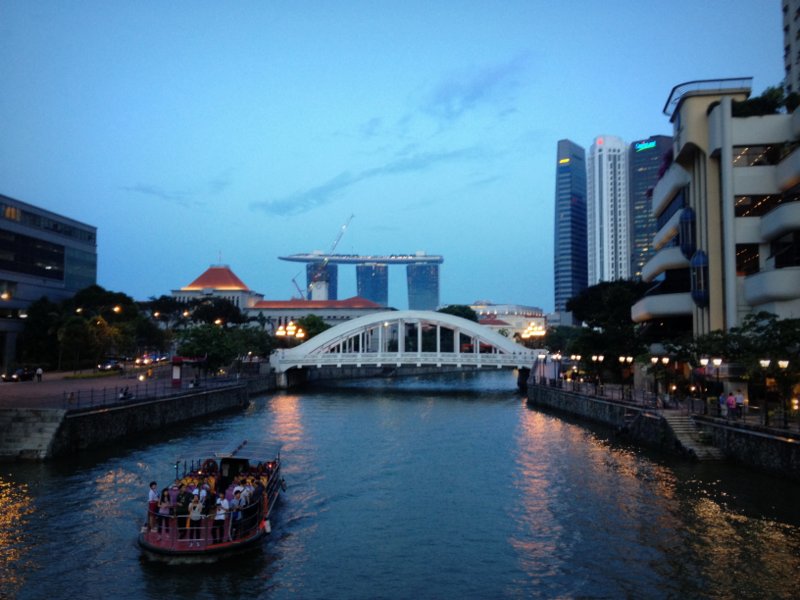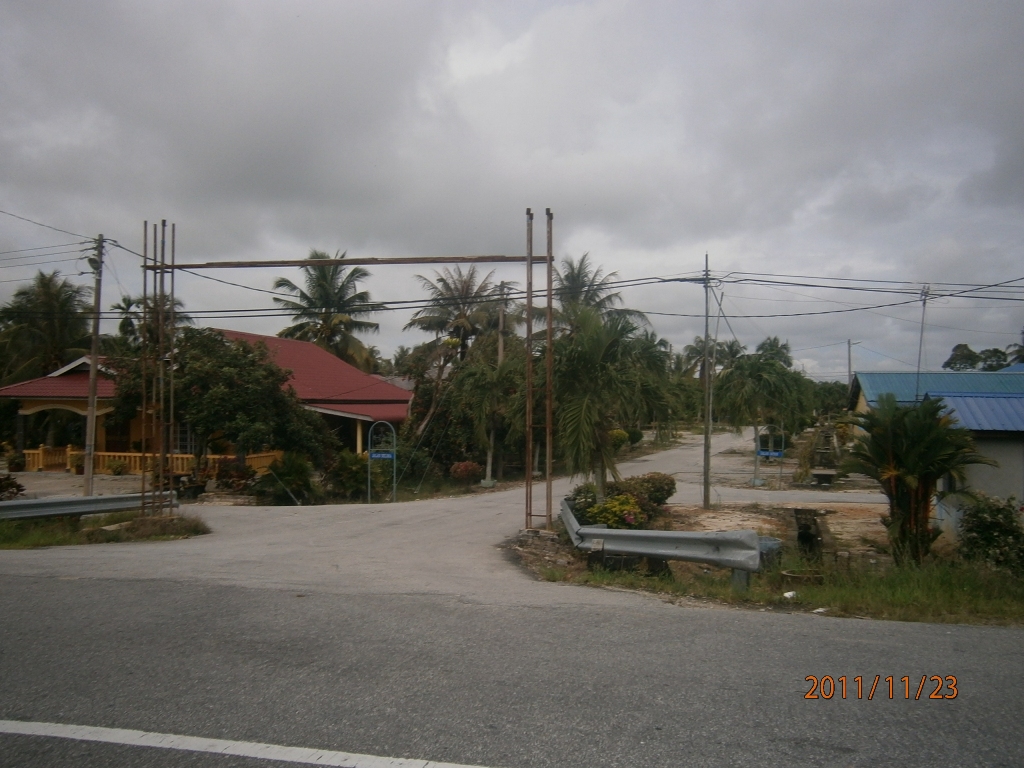How Has Singapore River Changed Over The Years
4 The port of Singapore traces its origins to the lower reaches of the Singapore River where it developed and flourished for the first 40 years of the settlements history. Despite a culling of Victorian buildings between the 1940s and 70s the sheer scale of development has led a much higher survival rate.

22 Incredible Before And After Pictures That Reveal The Transformation Of Singapore
The later opening of the Suez Canal in 1869 would further boost trade in Singapore.

How has singapore river changed over the years. So just how much has the workplace changed over the years and what could it possibly look like in another 30 years to come. By 1827 Chinese had become the most numerous of Singapores various ethnic groups. Since 2011 the water catchment area has increased from half to two-thirds of Singapores land surface with the completion of the Marina Punggol and Serangoon Reservoir.
The iconic buildings making up the skyline today didnt exist 50 years ago though there are plenty of clues of how Singapore was like if you know where to look. As the World Economic Forum holds its tenth Annual Meeting of the New Champions in China here are 10 ways in which the Chinese economy has changed over the last ten years. There were also relatively more bum boats back then.
The river-ports waterways and quays were hubs of economic activity as flotillas of. Jive have taken a look at the evolution of the workplace over time and how different working life is now compared to 30 years ago. Over time urbanization has blurred the differences between city and country.
PUB continues to explore ways to maximise our rainwater collection yield and strives to collect every drop of water that falls on Singapore. The European Town had residents made up of European traders Eurasians and rich Asians while the ethnic Chinese were located in present-day Chinatown and south-east of the Singapore River. On the bright side the Singapore River is such a romantic place you can bring your date to.
The creation of new coastal landby piling sediment onto tidal flats in a process called land reclamationalso had a major impact. With a small limited domestic. Research shows that sea level rise erosion dredging and the construction of water storage infrastructure have all contributed to wetland loss.
The city of Singapore is situated in the southern portion of the main island. Instead of warehouses and street stalls there are cafes restaurants and museums along the river. Ethnic Indians resided at Chulia Kampong north of Chinatown and Kampong Gelam consisted of Muslims ethnic Malays and Arabs who had migrated to Singapore.
Singapores GNI per capita increased by about 1378 percent between 1990 and 2019. For years the promise of efficiency market and shareholder discipline and the removal of the. Its hard to imagine its tragic state looking at how pristine the waters are today.
Lastly heres a shot of Clark Quay. He called it Singapore after its ancient name and opened the port to free trade and free immigration on the south coast of the island at the mouth of the Singapore River. Offices used to be made up of cubicles and c-suites.
In 2006 many analysts worried about the sustainability of Chinas vertiginously high GDP growth then over 12. Built-up areas now cover a large part of the city-state. Singapore had to wait 52 years for its next individual medal won at the 2012 Olympics in London by table-tennis player Feng Tianwei when she beat her Japanese opponent to take home a bronze medal.
12 Parts of River Valley Road and the town area were also flooded including Robinson Road Cecil Street and Anson Road. In 1965 the mouth of the Singapore River was dominated by former post office and now five-star hotel The Fullerton. Many merchant houses were set up in.
However the land utilisation and purposes of the Singapore River over the decades has changed as a result of inland transportation buildings along the riverbanks and open spaces used for recreation and sightseeing where visitors tourists and Singaporeans enjoy. Burden of public transport from the taxpayers seemed to work well. 13 More than 10000 people were affected and.
At the time Singapore had about 1000 inhabitants. Reservoir in the City. Coupled with the breakdowns the public transport network has also come under tremendous.
Employees were more often encouraged to work. The rapid pace of development has changed Shanghais natural ecosystems particularly its wetlands. The Singapore River has changed and been modernized a lot since the early days.
The main commercial activity was entrepôt trade which flourished under no taxation and little restriction. Its a popular venue for taking afternoon tea while enjoying the live music performances. Between October and December that year exceptionally heavy rainfall led to serious flooding in several areas including Bedok Potong Pasir Braddell Road Lorong Tai Seng and Geylang Serai.
Growth has almost halved. For more than a century after the British settled in Singapore in 1819 Singapore River and its banks were the focal point of all global and regional trade passing the island. The older parts of the city have been substantially refurbished especially along the Singapore River but elsewhere as well.
Strain as population growth outstripped infrastructure growth. Singapores small size and political stability the same Peoples action Party has ruled Singapore since independence have kept the vision of making Singapore a great global city constant but have also enabled it to be versatile in responding to rapidly changing environments. Trade was actually the basic reason for the British colonisation of the island and the river was the physical centre of the town as great bulk of goods traded in the.
Instead of bump boats used for trading they are now used for tourism and transportation. Table A reviews Singapores progress in each of the HDI indicators. Between 1990 and 2019 Singapores life expectancy at birth increased by 77 years mean years of schooling increased by 58 years and expected years of schooling increased by 58 years.
Singapores rapid development in its early years was due largely to its strategic location and establishment as an entrepôt port. By 1880 over 15 million tons of goods were passing through Singapore each year with around 80 of the cargo transported by steamships.

Nimamoinpour World Architecture Festival Bridge Design Singapore River

Komentar
Posting Komentar